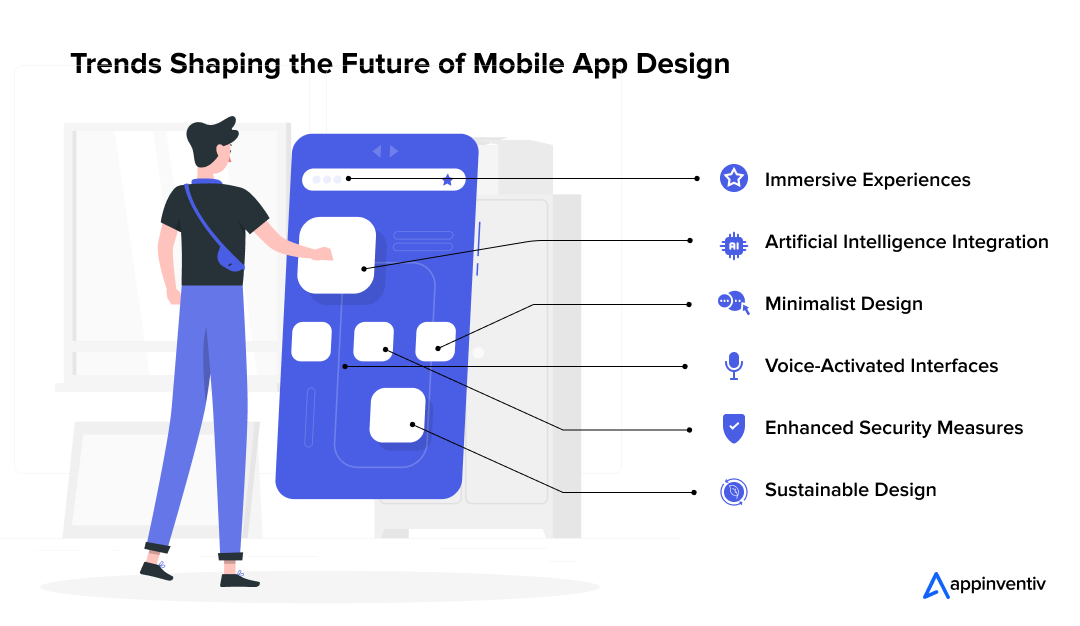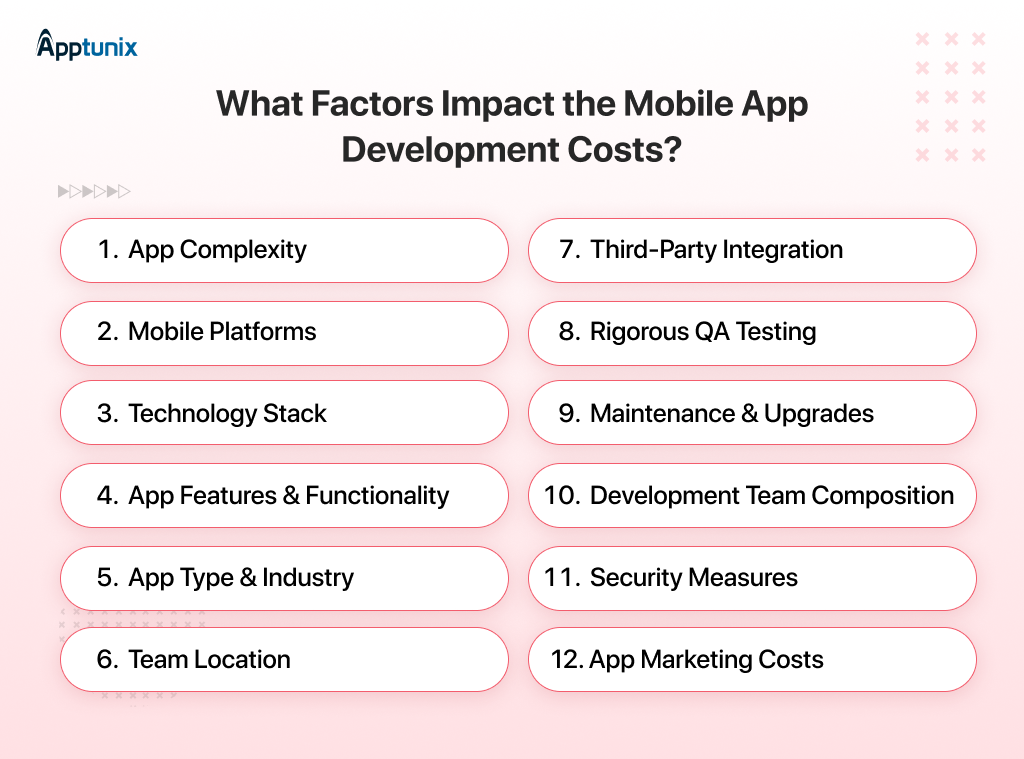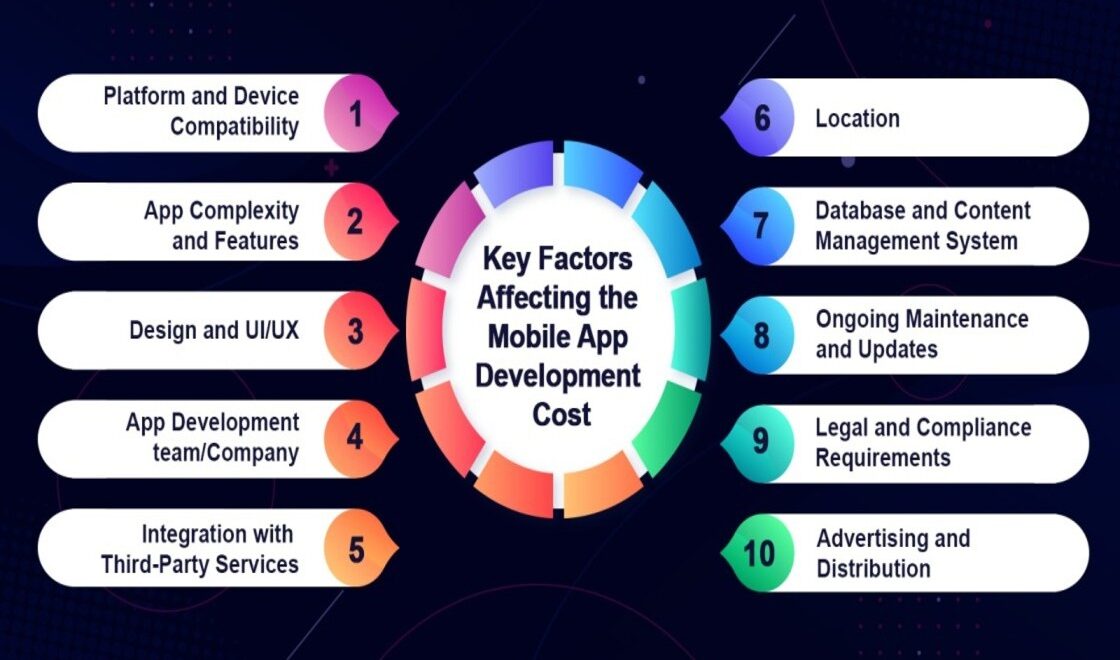Mobile app integration significantly influences mobile website design budgets by adding complexity, requiring additional design and development resources, and necessitating seamless user experience across platforms. Integrating a mobile app with a website often demands coordinated UI/UX design, shared codebases, and technical infrastructure to ensure consistent functionality and appearance, which can increase overall costs.
Key points explaining this effect include:
-
Increased Design Complexity: Integrating mobile apps with websites requires maintaining consistent design principles across both platforms. This often means investing more in UI/UX design to ensure seamless transitions and a unified user experience, which can raise design costs substantially. For example, custom UI/UX design for apps can range from $20,000 to $50,000 or more depending on complexity.
-
Development and Integration Costs: Beyond design, development costs rise because integration involves backend synchronization, API connections, and possibly shared codebases. Mobile app development costs alone can range from $30,000 for simple apps to over $250,000 for complex apps, with integration features like push notifications, real-time updates, and e-commerce functions adding to the budget.
-
Efficiency Gains and Cost Offsets: Some integration strategies, such as using pre-built app components or cross-platform development frameworks (e.g., React Native, Flutter), can reduce costs by reusing code and simplifying design efforts. For instance, cross-platform development can save time and money by sharing 70-90% of code between iOS and Android apps.
-
Impact on Mobile Website Design: Mobile websites must be designed responsively and adaptively to complement the app experience, often requiring additional investment in fast loading speeds, intuitive navigation, and accessibility features to maintain user engagement across devices.
-
Business Benefits Justify Budgets: Successful integration enhances user engagement, retention, and conversion rates by providing features like push notifications, seamless content continuity, and streamlined shopping experiences, which can justify higher upfront design and development budgets.
In summary, mobile app integration tends to increase mobile website design budgets due to the need for cohesive design, additional development work, and technical synchronization, but it also offers opportunities for cost optimization and significant business value through improved user experience and engagement.





